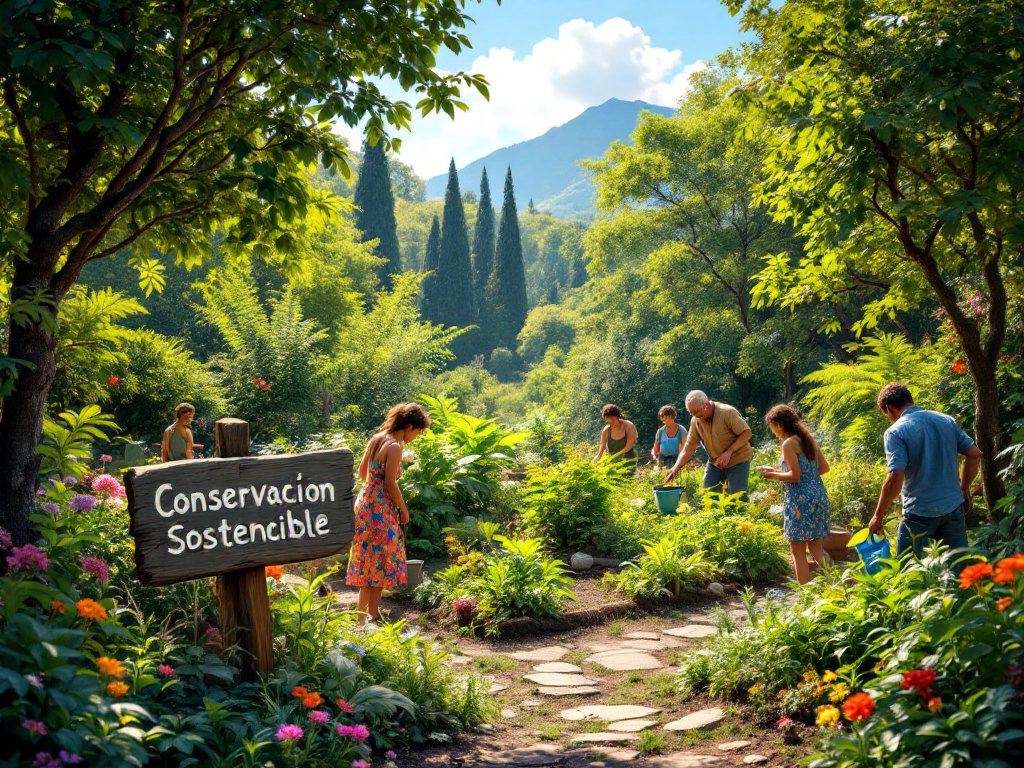Reimagining Conservation: Beyond the Boundaries of Science
Picture yourself at a bustling theme park, surrounded by chattering families and the nonstop clatter of roller coasters. The last thing on anyone’s mind is the tons of food scraps, plastic bottles, and greasy fryers that power the fun—yet these parks generate mountains of waste daily. In Orlando, Disney and Universal have quietly built intricate systems to recycle cooking oil, funnel unused food to local food banks, and pump solar energy into their sprawling campuses. Traditional conservation narratives often champion such technological and logistical “wins,” lauding the corporations that fund them.
But a closer look reveals that these strategies, while commendable, barely scratch the surface of what true conservation requires. According to recent research published in the journal Sustainability, most conservation efforts only start to succeed when they fully embrace the social context surrounding them. Local communities are key—not afterthoughts. Harvard ecologist Dr. Allison Harris notes, “Protecting biodiversity is as much about social contracts as it is about science. If you don’t bring people into the heart of conservation, nothing truly sticks.”
These insights are sparking a radical reevaluation: integrating conservation strategies with real, meaningful social development is now at the heart of leading-edge environmental policy. This transformation means more than minimizing waste or installing solar panels—it demands an honest reckoning with who holds power, whose voices are heard, and how global consumption patterns drive ecological destruction far away from the spots we visit or see in glossy brochures.
The Pitfalls of Top-Down Conservation: Lessons from the Field
Conservation law enforcement, as seen in Georgia’s Wildlife Management Areas, too often hinges on catching local “violators”—hunters, fishers, and small-scale resource users. Though protecting wildlife regulations is vital, framing local people as the main threat ignores a far bigger reality. The most severe environmental harm often originates from distant sources: corporate interests, government decisions, and ravenous global demand. As noted in a critical review published on PubMed, “The primary drivers of ecosystem destruction are rarely those living nearest the land—most threats stem from the choices of industry, multinational finance, and global consumption.”
This skewed focus not only risks alienating communities most suited to stewarding their environments, but it also undermines collective responsibility. Indigenous and local leaders worldwide have been raising their voices for decades, demanding a seat at the table. Yet, as the international conservation community rushes to announce targets and publish reports, it often forgets to answer the fundamental question: Who decides what is worth conserving—and why?
“Effective conservation is not about fortress walls or punitive enforcement. It’s about recognizing the wisdom of local people, sharing power, and building systems that work for—rather than against—the communities living alongside nature.”
Data backs this up: A 2022 Pew Research study found that conservation initiatives with direct local leadership are 30% more likely to succeed for a decade or longer than projects imposed from outside. Stanford anthropologist Dr. Maria Nunes adds, “This isn’t just fairness—it’s practical policy. If you don’t have buy-in, you’ll never have resilience.”
Toward Eco-Harmony: Centering Social Justice in Environmental Action
Growing calls to “decolonize conservation” stem from a hard historical truth: For centuries, Western models of environmental protection prioritized exclusion—pushing indigenous and rural people off their land to create parks for tourism or research. This legacy continues to haunt efforts that ignore community voices or treat people as obstacles to be managed. According to the special issue of Sustainability, new research is charting complex, community-led models that blend forest culture, ecosystem protection, and social development into a seamless fabric.
So where does that leave us? Beyond recycling glass bottles at Disney or citing hunters for illegal baiting, the conservation field is wrestling with how to integrate “softer,” harder-to-measure social factors such as willingness to conserve, trust in agencies, and cultural ties to land. Evaluating the role of soil development, balancing tourism against long-term landscape health, or nurturing urban green spaces that actually reflect community needs—these are the challenges driving research agendas today.
Pioneering programs now require corporate, governmental, and financial actors to not just comply with regulations, but to participate in rigorous, transparent dialogue with affected communities. The vision is holistic, giving as much weight to community stewardship as to scientific data or economic investment. As the peer-reviewed literature demands—and as years of struggles by frontline communities have made clear—there is no shortcut. Authentic conservation means empowering those most affected to become leaders and architects of environmental solutions.
Choosing eco-harmony over eco-imperialism is no mere idealism. It’s a demand grounded in evidence, ethics, and the urgent need for lasting solutions to ecological crises. If the arc of environmental history is to bend toward sustainability, it must travel through social justice—guided by the diverse, creative, and justice-oriented leadership of those whose lands, lives, and dreams are most directly on the line.

